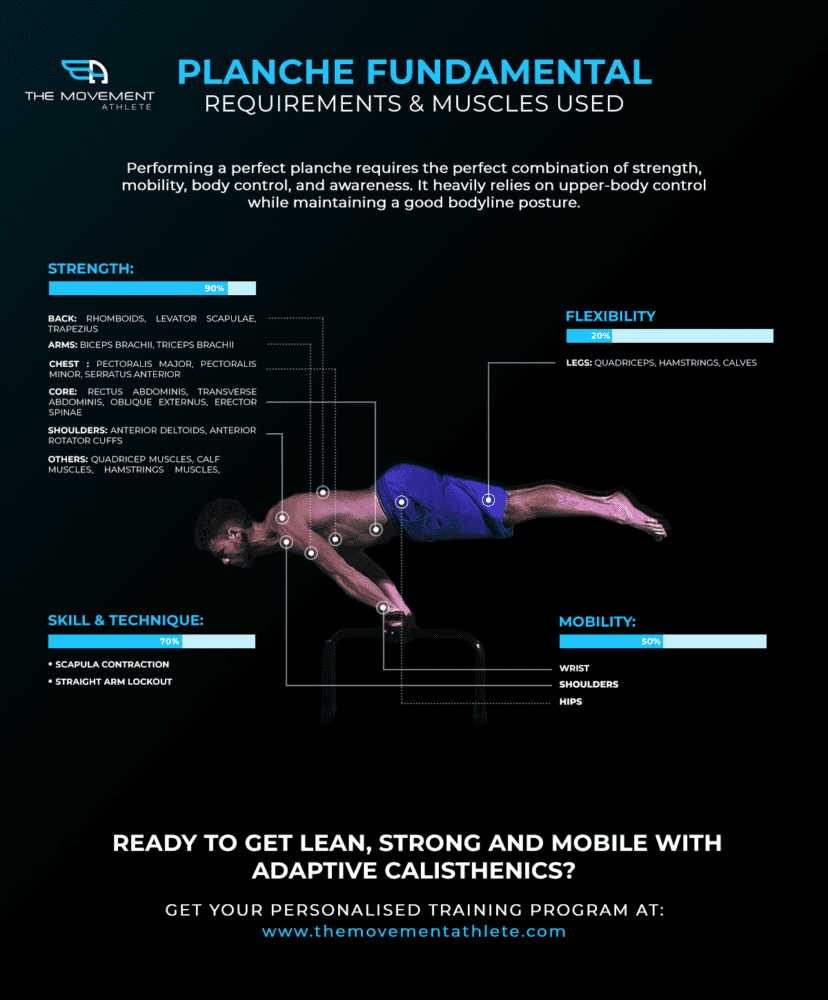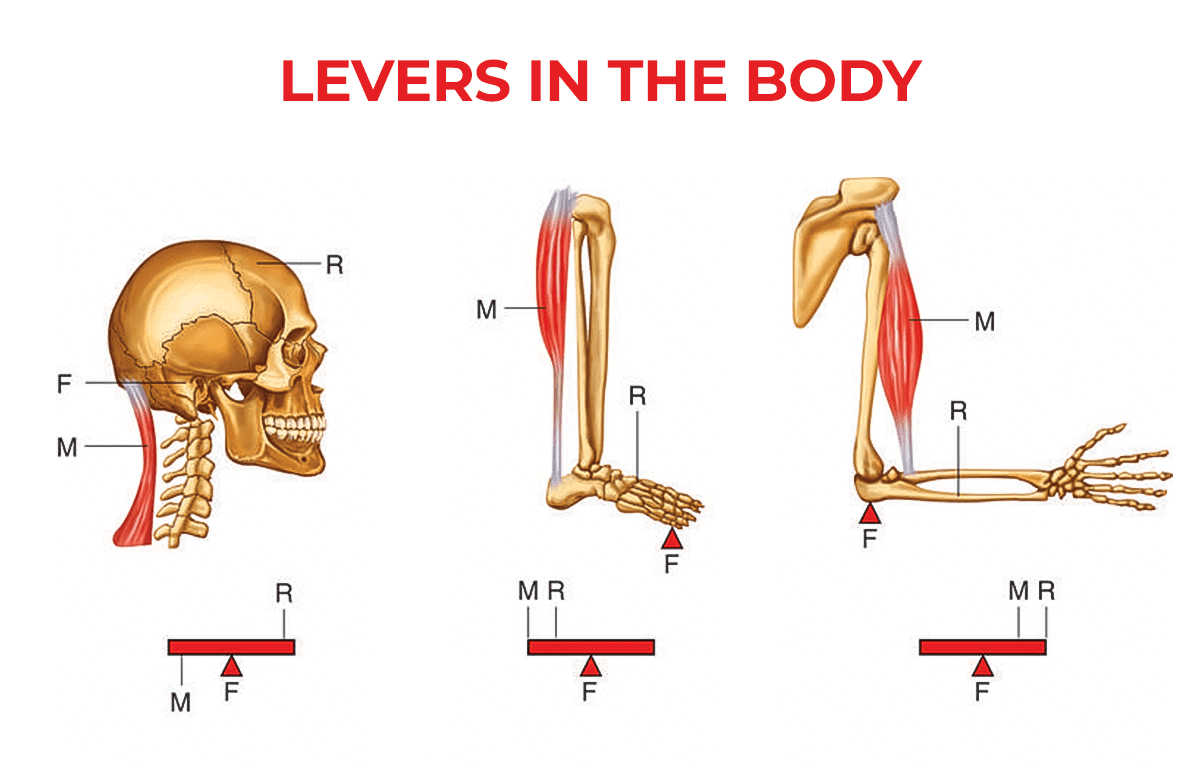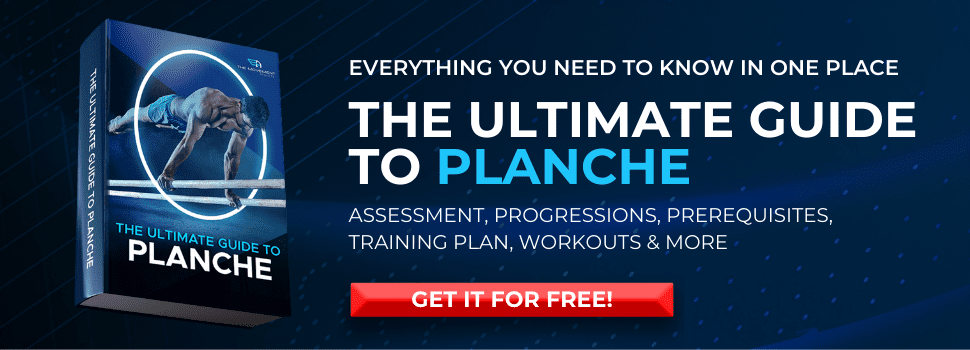TABLE OF CONTENT: The Ultimate Guide to Planche
1. 🧐What is a Planche ? 2. ✅Planche Benefits 3. 🤸♀️Planche – Muscle used and Requirements 4. 📌Planche Training Injury Prevention 5. 🔑How to perform a perfect planche 6. ☑The most effective planche progression 7. ⭐Expert’s effective tips for the perfect planche 8. 🍄Boost planche progress – the most effective planche drills 9. 🔥Planche workout – for all levels 10. 💪Planche training equipment 11. 🤩What’s next after planche? – advanced planche transitions and variations.
WHAT IS PLANCHE?
When you search deeper and learn more about calisthenics, you’re bound to find out that it’s not only about just the common exercises you think about when bodyweight exercise comes into mind like push-ups, pull-ups, dips, and squats.
Those are the essentials and the basics but, there are a number of skills and exercises, too, that will definitely give you the challenge to attain.
Especially for those advanced individuals thinking calisthenics is “easy”, I bet you haven’t tried one of the elusive strength skills known in the calisthenics realm: the Planche.

🤔 WHAT IS A PLANCHE?
Planche is a hand-balancing strength skill that exhibits a high level of mobility, body control, coordination and , obviously, strength.
To give you a picture if you haven’t seen a planche yet, it’s basically a push-up position but your legs are floating so your arm, hands and shoulders are bearing your whole weight at a very mechanically disadvantageous position. The resulting posture leaves your whole body straight and parallel to the floor while your arms at an angle with elbows fully locked out.
👉 Brief History: Where did it come from?
It’s origins come from gymnastics where there are 2 commonly sought after forms, the straddle planche, legs are in straddle, and the full planche in which legs are together. These skills are graded as A-D depending on the event or surface used.
To give you an idea of gymnastics grading, it ranks A to E with A being the easiest and E the craziest, most difficult of skills. But keep in mind that these rankings are for elite gymnasts which trained countless hours of specialization in order to perform the planche. They didn’t learn it overnight nor in 3 weeks.
Planche Physics: How does it work? 🤛
It doesn’t seem to be the most difficult and most beautiful shape among other calisthenics skills making planche easy to underestimate, but we can guarantee the high level of difficulty this skill requires.
One of the best ways to learn the move is to understand the actual move itself.
There are a lot more things going on with the biomechanics when performing planche. It’s not as simple as assuming the push-up position then lifting your legs all of a sudden. So let’s talk briefly about the physics of how you can balance your body in a seemingly impossible position.
Planche is a third-class lever which means that applied force (your hands pushing down) is between the resistance/load (lower body) and the pivot point/fulcrum (shoulder region producing the angle for balance).
👇 Here’s a quick representation of the planche as a third-class lever:

Being a third-class lever, this means that there’s a natural tendency of the position to require more effort in order for you to lift even the lightest resistance. This means that you’ll be pushing so much harder to be able to lift your legs.
Moreover being a lever, the farther the resistance is from the effort, the more difficult the move is. In application, we can use progressions by moving our leg position to make planche easier or more difficult.
Tuck planche where the legs (load) are near your hands (effort), the easier. Full planche where the legs (load) are together and far away from your hands (effort), the more insanely difficult.
In order to balance the position, the shoulders should be far away from the hands. You should be able to lean forward to the point that your hands are below your navel to achieve the center of gravity of the position. This places a huge amount of load on your wrists and shoulders. It’s impossible to achieve planche without leaning forward.
Also, keep in mind that the CORRECT FORM of planche is done with completely locked out elbows which requires you progressively work on your straight-arm strength.
💪 How hard is it to learn planche
Mastering planche is truly a reward for those who dedicated their time and efforts towards this amazing feat of physics and biomechanics. It’s not a skill that you can learn in a matter of weeks or even months. Careful preparation and smart programming is essential to maximize training outpt in each session.
You might have seen advanced street workout athletes that have total control of their planche. This individual has fully dedicated their training to the skill; allotting around 3 hours of training per day. As not everyone can recreate this training plan and dedication, The Movement Athlete program is designed to provide the safest and most efficient plan so you can progress even with only 30-60mins of training time.
👆 Expect to progress a minimum of 6 months to a year to achieve even just the straddle planche for the advanced athletes. You might even take 2 years to achieve the full planche. Here are possible factors that could be affecting your planche progress:
- Training Experience
- Age
- Rest & Stress
- Consistency
- Weight and Height
- Body Proportions
You can read more about these factors in our article: Planche – Muscles used & Requirements.
No matter your disposition, advantage or disadvantage, it’s truly a humbling skill that demands respect.
Aside from that, this advanced skill puts high demands on the shoulder and wrist which is why we always need to take into consideration injury prevention.
You can read more about it in the article: Planche training Injury Prevention.
Excited about your planche journey? Click Below to download the Ultimate Guide to Calisthenics:
